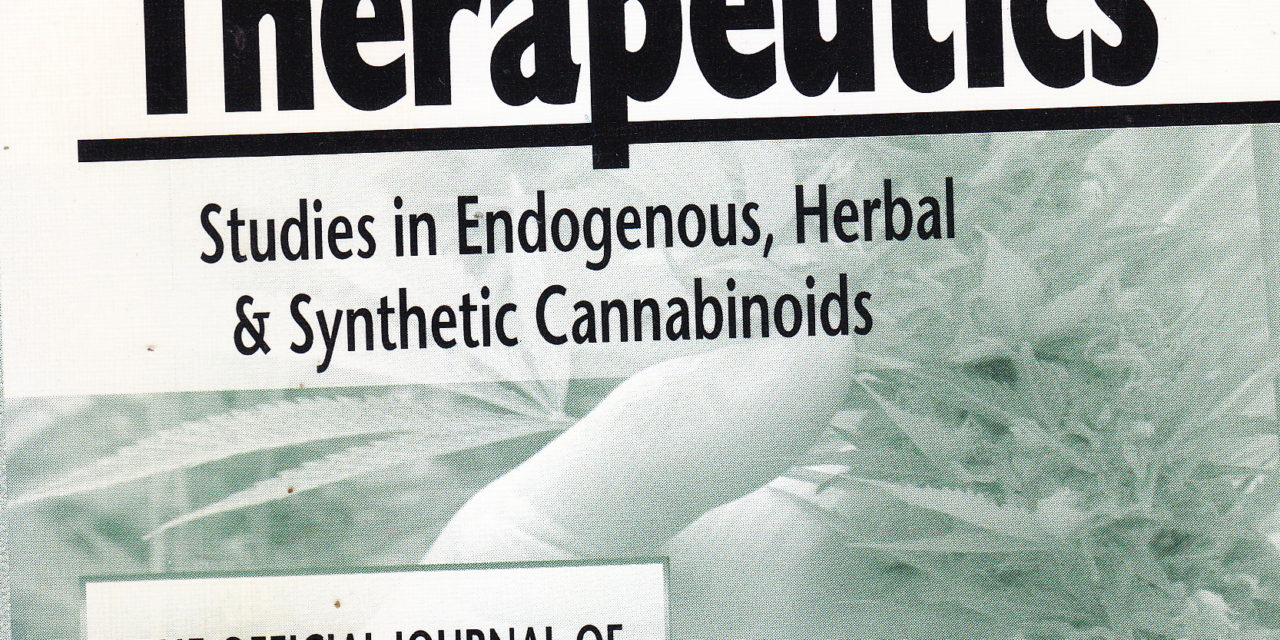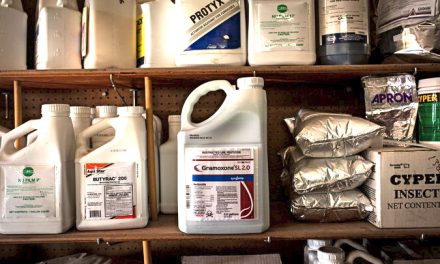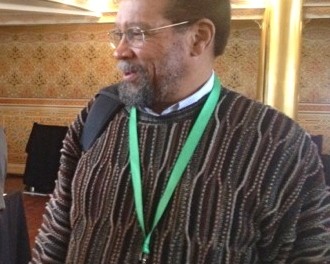“I don’t think I ever had a single shift where at least one of the patients I was taking care of was in that hospital bed at least partially due to their use of alcohol.” —Lanny Swerdlow, RN.
Lanny Swerdlow asked in an email if “Dr. Mikuriya tried to get the study (Cannabis as a Substitute for Alcohol, which had run in O’Shaughnessy’s) published in a peer-reviewed journal and got turned down?”
Our off-the-top response is hereby corrected and expanded. Thanks to Jerry Mandel, Ethan Russo, MD, and Shobhit Arora, MD, for their input.
Tod had written a case report, published* in 1970 by Medical Times, about a 43-year-old woman who had been getting drunk to overcome disinhibition in social situations —until she discovered that marijuana produced the desired effect and began using it to cut back on booze. This paper was the first published statement of Tod’s “cannabis-vs-ETOH” theory. By the end of the ’90s he had taken histories from about 100 patients who had stopped drinking or cut back by using cannabis. He was planning to aggregate their reports for a paper that would run in the soon-to-be launched journal of the California Cannabis Research Medical Group (now the SCC).
Tod was fed up with the psychiatric establishment and the Addiction Specialists, understood the ravages of alcoholism, and urgently wanted to share his substitution strategy with colleagues, patients, and the public. The launch of the CCRMG journal was delayed when I went to work for Terence Hallinan at SFDA in 2000. Tod hired a research associate, Jerry Mandel, to pull the relevant alcoholism cases from his files so patients could be contacted. When we finally launched the CCRMG journal (O’Shaughnessy’s) in the summer of 2003, “Cannabis as a Substitute for Alcohol” was the lead paper.
Ethan Russo had launched the Journal of Cannabis Therapeutics in 2001. Tod was gratified when asked to be on the editorial advisory board. He submitted “Cannabis as a Substitute for Alcohol” for publication in JCANT and Russo had the good sense to accept a paper based on clinical evidence (and that had appeared in a tabloid). JCANT published it in the spring of 2004 (Volume 4, number 1, the final issue). Russo’s excellent journal was ahead of its time, as noted in this Requiem for JCANT.
* To “publish,” in the jargon of academics and professionals, doesn’t mean getting an article written, illustrated, laid out, printed and distributed to readers. It means getting approved by the clique of decision-makers whose journals constitute “the literature” in a given field of science or medicine. (Honest scientists may abound to fill the literature with useful findings, accurately reported. But it’s damned arrogant of the academics to appropriate the words publish and literature, as if they owned the language itself.)
It’s hard to imagine anything more accurate and insightful than Mikuriya’s “Cannabis as a Substitute for Alcohol” being written on the subject. The word is way overused, but it really is a landmark paper.
When Tod quit the Addiction Medicine societies, O’S published his letter(s) of resignation.
Cancel My Denial
To: California Society of Addiction Medicine 74 New Montgomery Street, Suite 230 San Francisco, CA 94105
American Society of Addiction Medicine 4601 North Park Avenue Suite 101 Chevy Chase, MD 20815
Colleagues,
As I contemplated whether or not to renew this year with the not unsubstantial dues, I asked myself “Why should I?” Over the years since I joined the organization I have tried to raise the possibility of a harm-reduction option for the treatment of alcoholism. Notwithstanding my repeated and persistent entreaties, I have been repeatedly denied any opportunity for a collegial and professional forum. I have even offered to make my patients available for questioning and review. Nothing. Lame excuses -not ready yet.
Forays into spiritualism with self-styled practitioners responding to the “spiritual needs” of addicts was particularly disturbing. Somehow I don’t remember any training in medical school in theological studies. The blurring of boundaries and confusion of identity diminishes, attenuates medical leadership, and reduces professional credibility to cultism. Medical Review Officers conducting forensic examinations are not engaged in a medical activity. Endorsing their enforcement of corporate authority diminishes medical leadership and reduces ASAM/CSAM to shills and trough feeders. The societies support the federal government’s irrational drug-war policy while prominent addiction specialists seek to maximize their share of court referrals.
I officially give up on ASAM/CSAM and any possibility of a magical ethical transformation. I have been denied the opportunity to present a viable, effective, and medically appropriate intervention: cannabis as a substitute for alcohol and other addictive substances. Retrospectively, I wonder why I waited so long to quit. I can no longer maintain my wishful thinking that somehow ASAM/CSAM could be fair, objective, professionally and medically correct.
I shall not be renewing my membership.
Tod H. Mikuriya, M.D.
Member since 1974 Certified by ASAM 1986 MRO Certified by ASAM 1992




